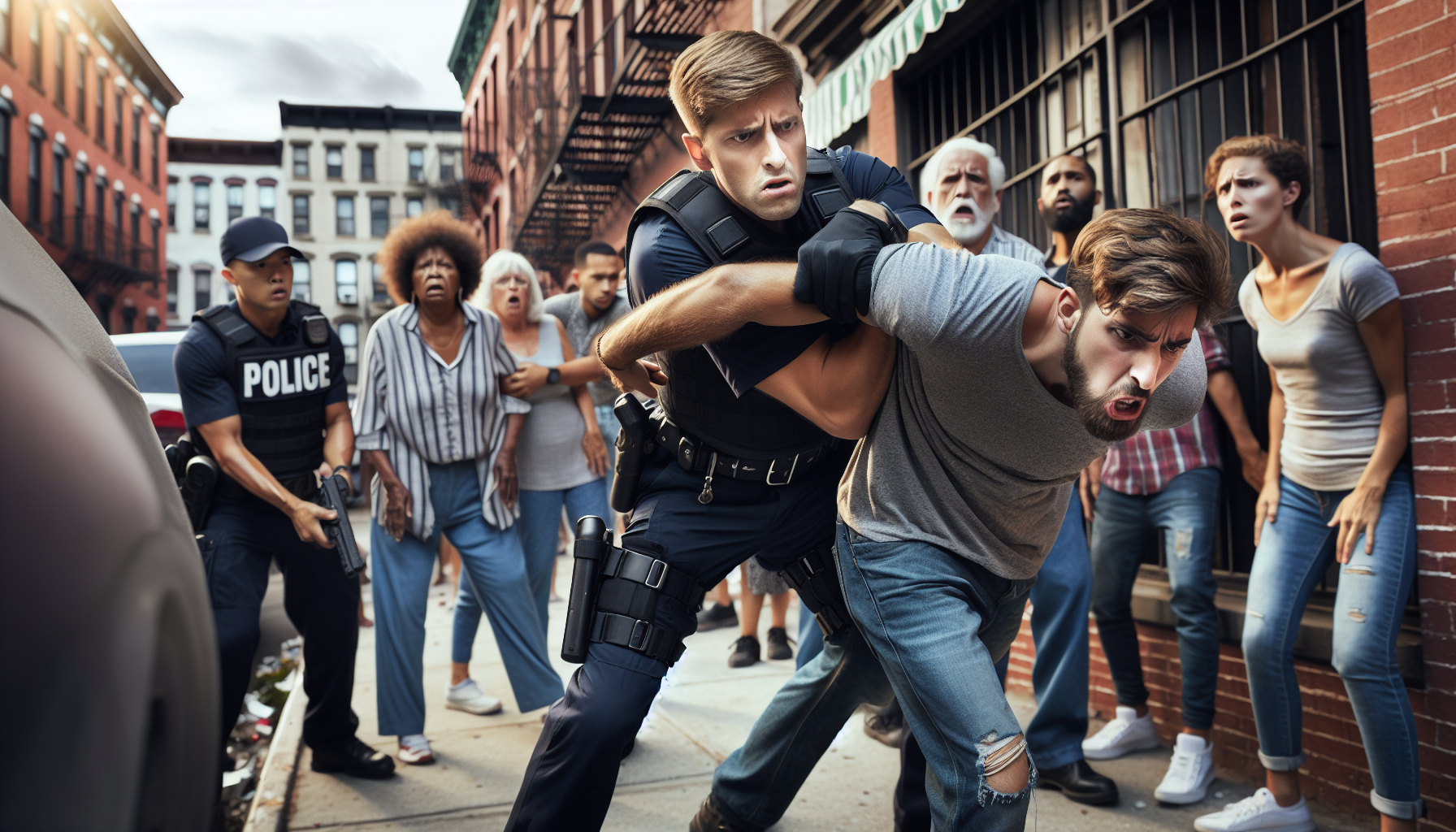
Understanding the World Through the Eyes of Our Law Enforcement Officers
Imagine for a moment strapping on a bulletproof vest each day, not knowing if it will deflect a deadly bullet. This is not an abstract fear for law enforcement officers, but rather a reality they face with each shift. They are our protectors, our guardians, standing between chaos and order. Yet, this often comes with immense scrutiny and tremendous risk.
The Emotional and Physical Toll of the Badge
The weight of the badge is not just metal on a uniform; it’s a symbol of duty, sacrifice, and sometimes immense personal cost. Officers routinely grapple with the emotional toll of their jobs. They witness scenes that can haunt them for a lifetime—accidents, violent crimes, domestic disputes. Each incident leaves an indelible mark, chipping away at their mental well-being.
Moreover, this psychological burden is exacerbated by the very real physical danger they face. Every traffic stop, every domestic violence call, every seemingly routine patrol could turn lethally unpredictable in a heartbeat. The video of a recent arrest (https://www.youtube.com/watch?v=DMMfNiPpdB4) starkly illustrates the volatility they continually navigate.
The Erosion of Public Perception and Its Consequences
Our society has always held law enforcement to a high standard—and rightly so. But the narrative seems overwhelmingly tilted towards vilification, diminishing the respect they deserve. The proliferation of media focusing solely on negative incidents has intensified the public’s skepticism and hostility towards officers. This erosion of public perception can demoralize even the most dedicated servants of the law.
Take a moment to consider how pervasive scrutiny must feel for these individuals. They work under a microscope, often judged before any facts surface. The viral moments make headlines, while routine heroics go unacknowledged. This skewed portrayal does little justice to the countless positive impacts made daily by these men and women.
An Imperative for Comprehensive Training and Support
To navigate the dichotomy between their duty and the public perception, law officers need robust support mechanisms. Continuous, comprehensive training is paramount. It’s not just about maintaining physical readiness, but also equipping officers with advanced de-escalation techniques and enhanced empathy skills for community interactions.
However, training should be part of a broader support system. Mental health services are crucial. Providing access to counseling, stress management tools, and peer support groups can make a tangible difference. Initiating a culture that doesn’t stigmatize mental health concerns but rather encourages seeking help can prove life-changing for many in the force.
Bridging the Divide Between Communities and Law Enforcement
Despite the polarized narratives, the ultimate goal must always be forging a more harmonious relationship between communities and law enforcement. Both sides yearn for the same fundamental values: security, justice, respect, and peace.
Community policing initiatives bridging the gap are worth highlighting. Officers who engage directly with local communities, attend town meetings, and participate in neighborhood events foster an environment of mutual understanding and trust. It’s a dialogue, not just enforcement. Creating numerous touchpoints erodes the barrier of ‘us versus them.’
Moreover, it’s incumbent upon citizens to challenge their perspectives, to look beyond media snippets and attempt to understand the multifaceted roles officers occupy. To stay informed, consider tuning into discussions and interviews that give voice to these silent protectors. The John Ligato Show offers valuable insights that personalize the stories of those on the front lines. Subscribe for more interviews and candid discussions: John Ligato Show.
The Call to Rebuild Trust
Reconstructing the bridge of trust demands efforts on multiple fronts. Policymakers, communities, and law enforcement agencies must collaboratively endeavor towards transparency and mutual accountability. When everyone plays their role, change follows.
For the officers, this means doubling down on ethical standards, embracing technology and strategies that augment accountability such as body cams and transparent investigatory procedures. For the community, it involves supporting these measures, knowing that lawful behavior begets secure neighborhoods.
Spotlighting True Stories of Valor
Let’s not forget that among us are unsung heroes whose daily acts of valor often go unnoticed. Officers who, in the face of danger, rescue victims, thwart criminal acts, and reclaim passengers from hijacked situations. Their stories are not remarkable because they abound in heroism; they are remarkable because they encapsulate relentless commitment against thankless odds.
Explore these stories, understand the sacrifices through platforms like Facebook.
In Summary
The path to restoring faith in our law enforcement isn’t linear but is worth every effort. It’s about ensuring those who uphold our laws feel supported and heard. Their work isn’t just a job; it’s a calling fulfilled against the harshest backdrops. As citizens, our role is to advocate for justice while recognizing the remarkable sacrifices of those wearing the badge. By doing so, we don’t just support our officers—we safeguard the very principles they strive to protect.
Recent Comments